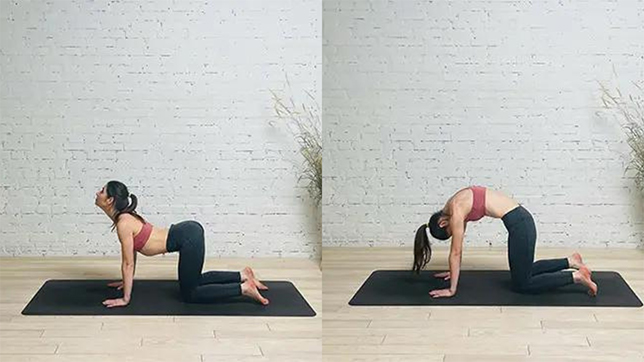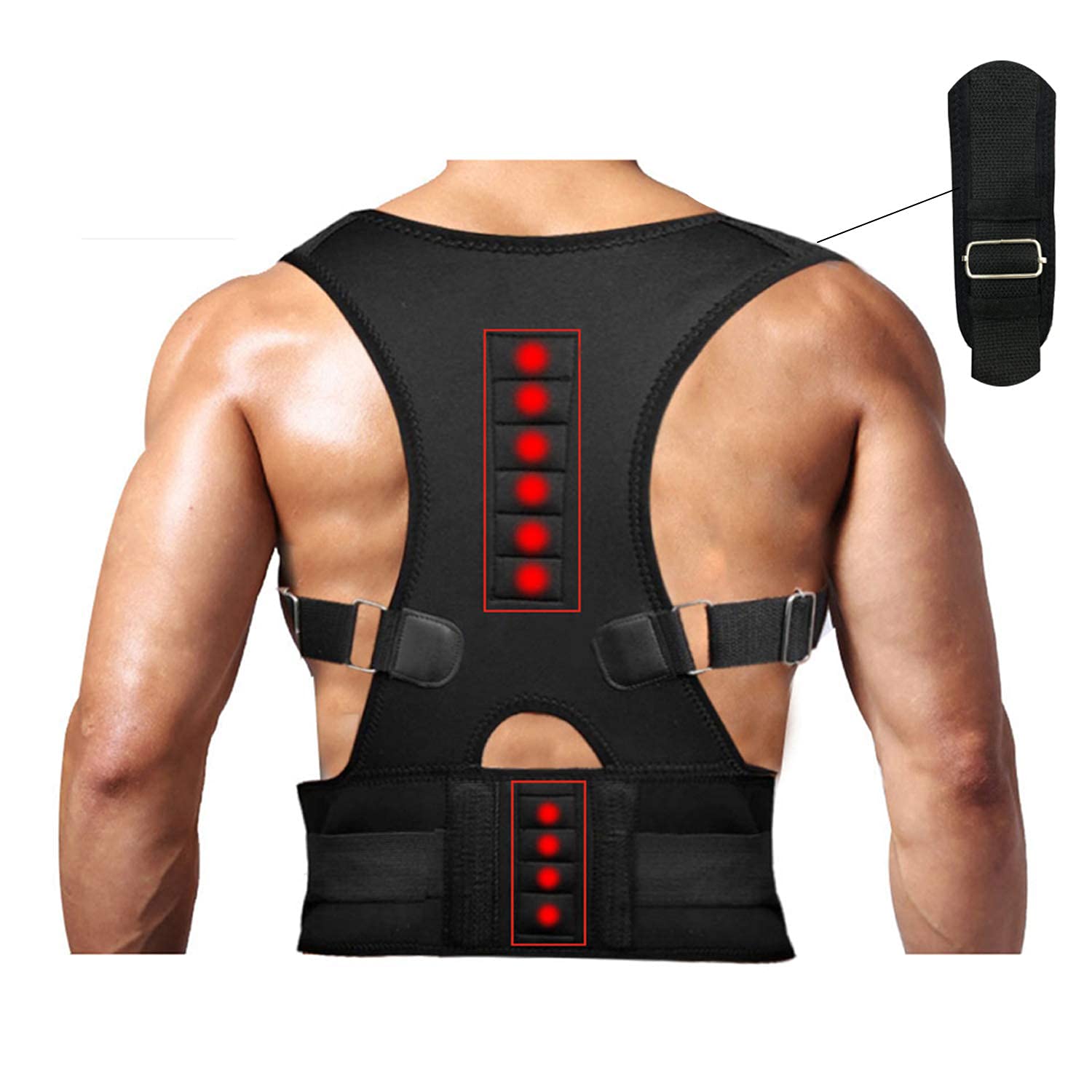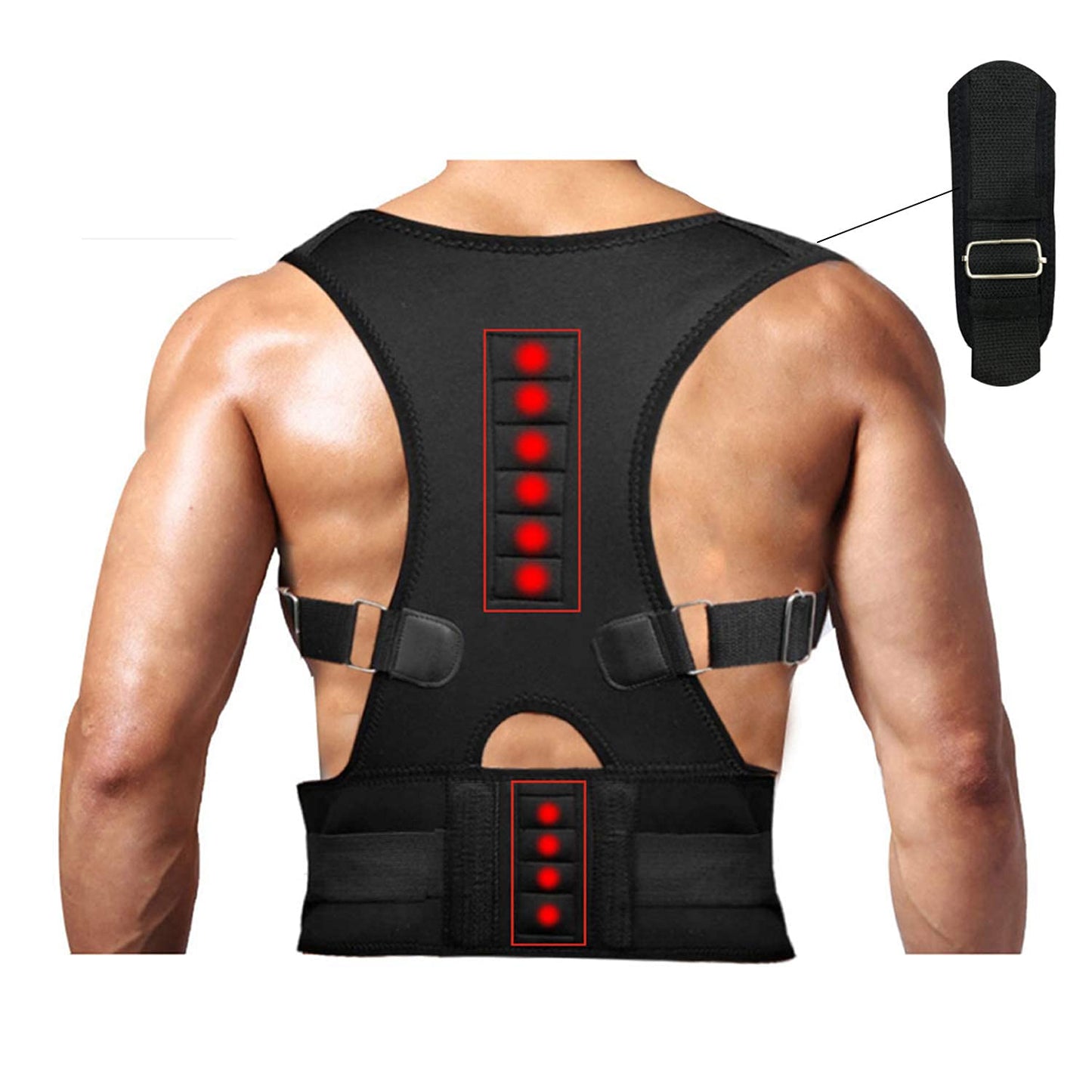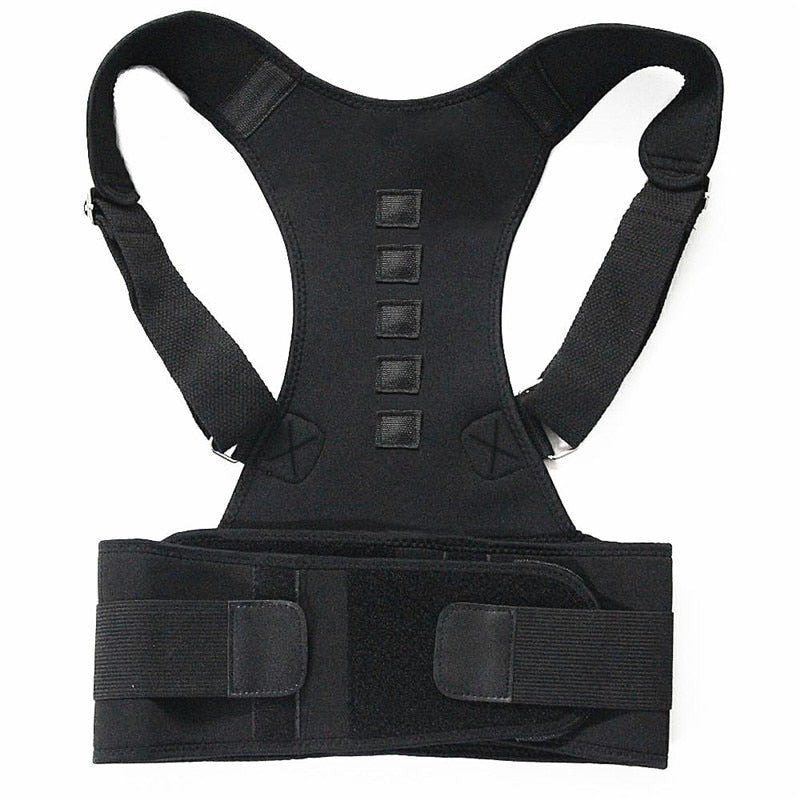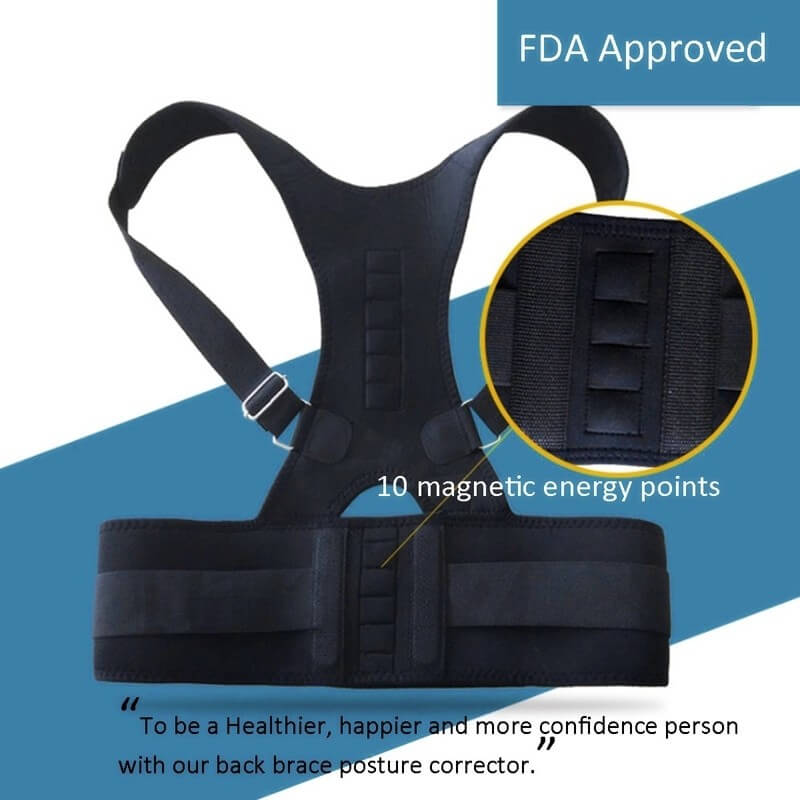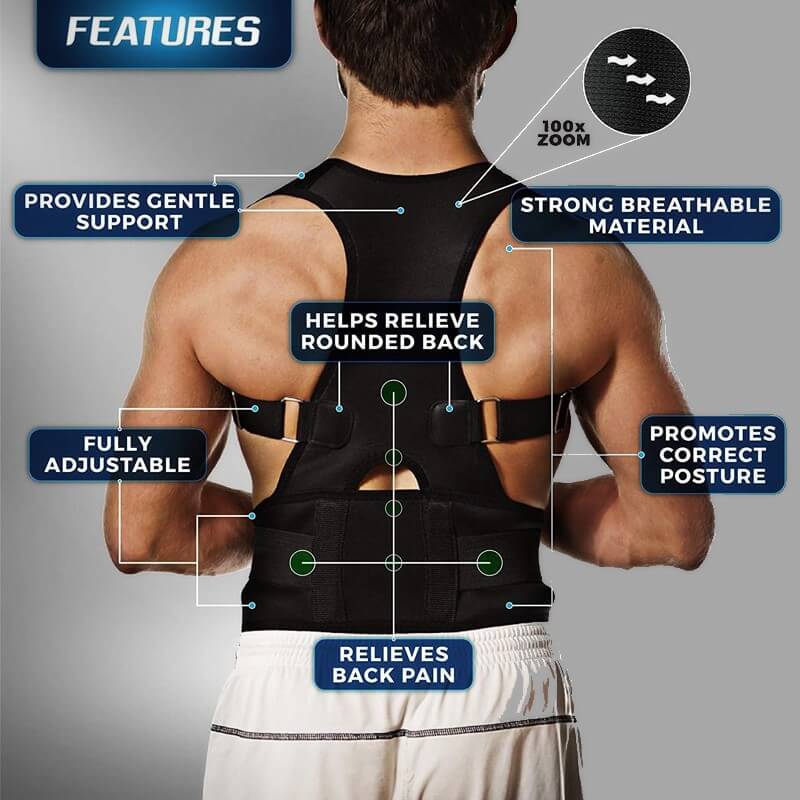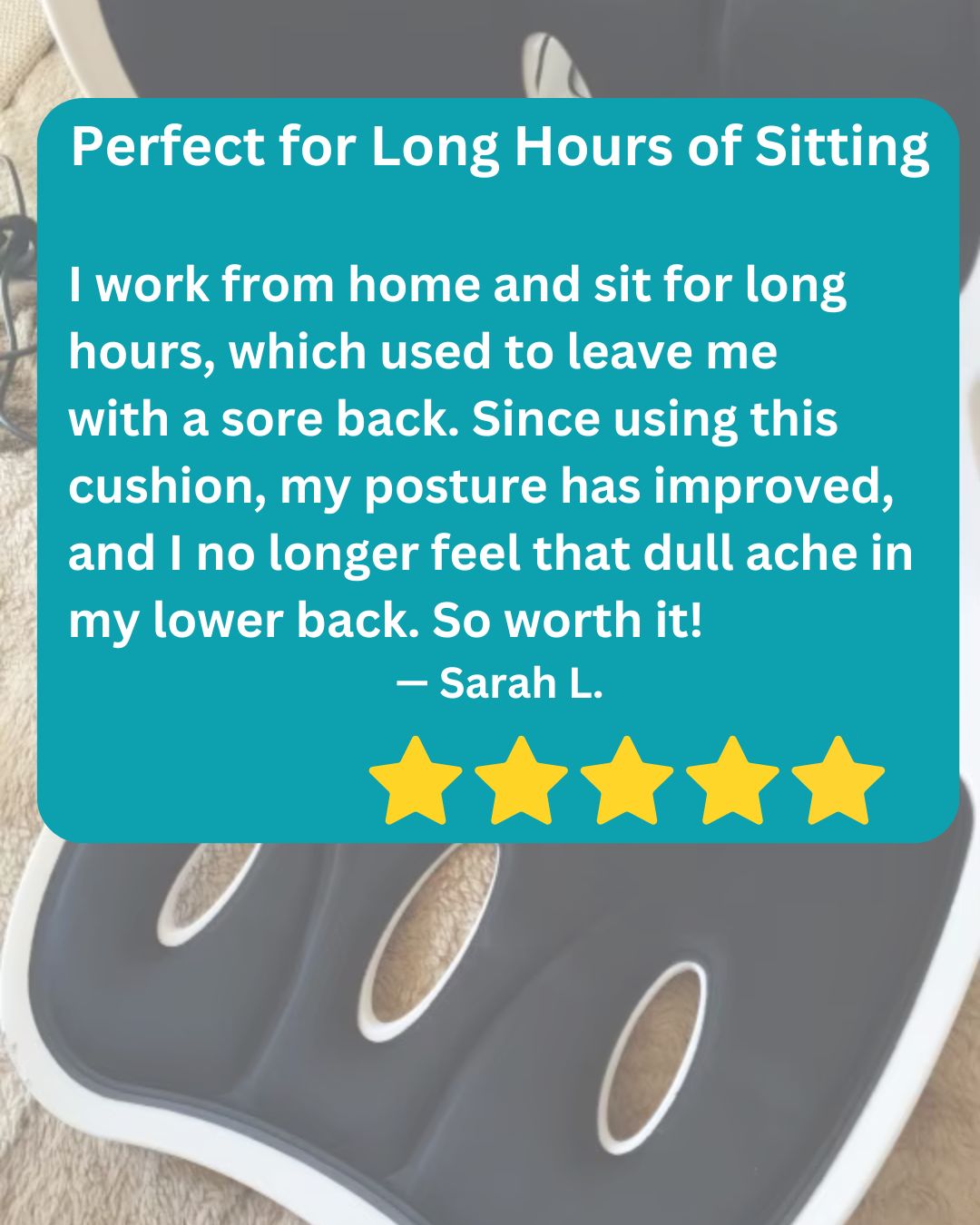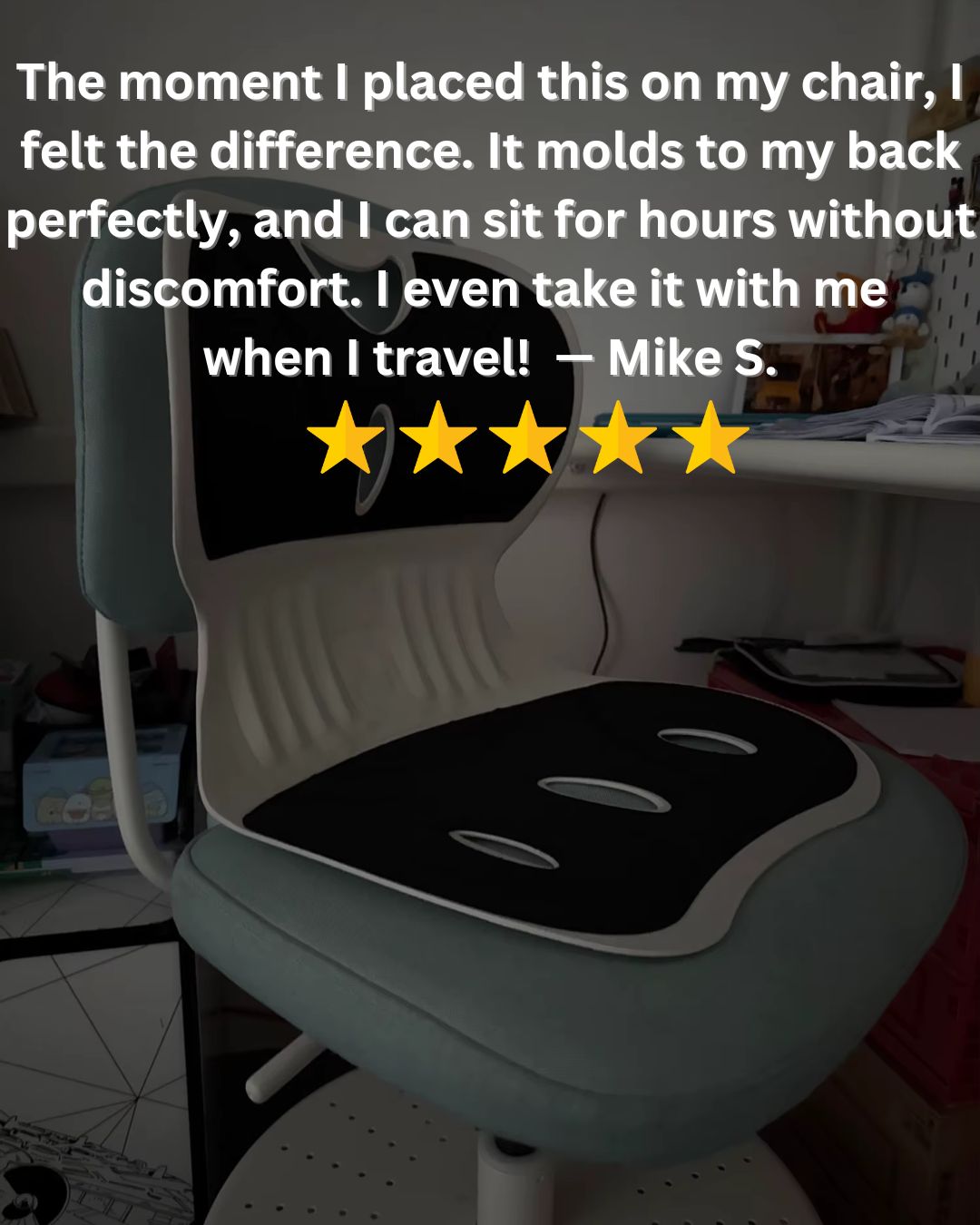Back pain is a pervasive issue affecting millions of people worldwide. Poor posture and spine misalignment contribute significantly to this discomfort. Fortunately, there are effective strategies you can implement at home to alleviate back pain, enhance your posture, and adjust your spine. In this comprehensive guide, we will delve into the most effective techniques and practices to help you achieve these goals.
Understanding Back Pain and Its Causes
Back pain can stem from various factors including muscle strain, ligament sprain, poor posture, and spinal irregularities. Identifying the root cause of your back pain is crucial for effective treatment. Muscle strain is often caused by overexertion or improper lifting techniques. Ligament sprains occur when the ligaments in the back are overstretched or torn. Poor posture while sitting, standing, or sleeping can lead to muscle imbalance and strain. Spinal irregularities such as scoliosis, herniated discs, or spinal stenosis can also contribute to chronic back pain.
Improving Posture
The Importance of Good Posture
Good posture is essential for maintaining spinal health and preventing back pain. Proper alignment of the spine reduces strain on the muscles and ligaments that support it. Good posture also enhances breathing, digestion, and overall well-being.
Posture Tips for Daily Activities
- Sitting: Ensure your back is straight and shoulders are relaxed but not slouched. Use a chair with adequate lower back support. Keep your feet flat on the ground and avoid crossing your legs.
- Standing: Stand with your weight evenly distributed on both feet. Avoid locking your knees. Keep your shoulders back and your head aligned with your spine.
- Sleeping: Sleep on your back with a pillow under your knees or on your side with a pillow between your legs. Use a mattress that supports the natural curve of your spine.
-
Wall Angels: Stand with your back against a wall, feet shoulder-width apart. Raise your arms to form a "W" shape against the wall. Slowly move your arms up to form a "Y" shape and then back down to the "W" position. Repeat 8-9

-
Chin Tucks: Sit or stand with your spine straight. Gently tuck your chin towards your chest, feeling a stretch along the back of your neck. Hold for 5 seconds and repeat 10 times.
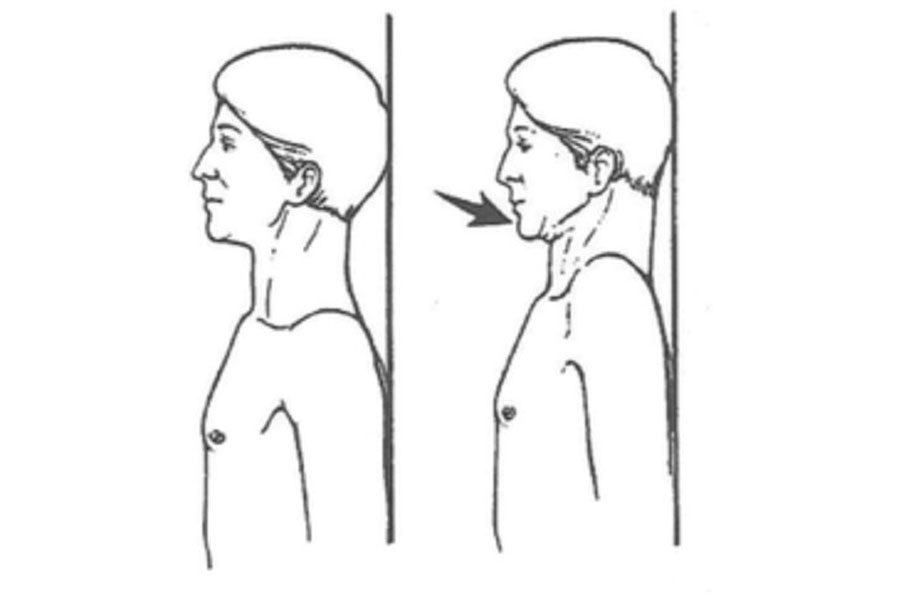
- Cat-Cow Stretch: On all fours, alternate between arching your back towards the ceiling (cat) and dipping it towards the floor (cow). Repeat 10-15 times.
Spine Adjustment Techniques
Self-Adjustment Exercises
-
Foam Rolling: Use a foam roller to gently massage and stretch the muscles along your spine. Lie on your back with the foam roller under your mid-back. Slowly roll up and down, pausing on tight spots.
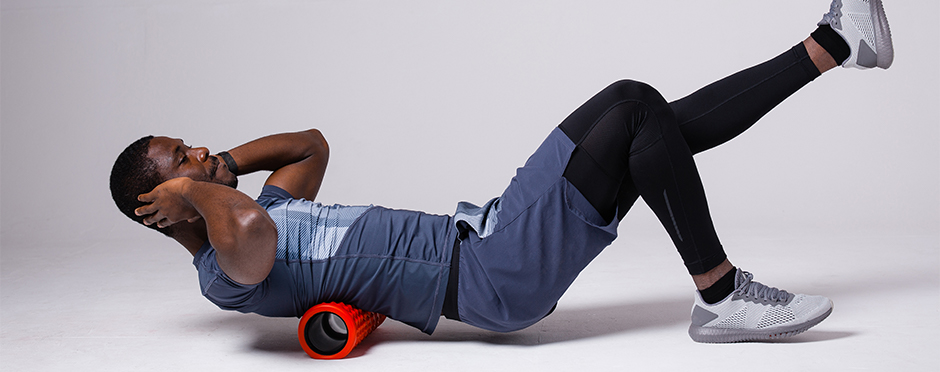
-
Bridge Exercise: Lie on your back with your knees bent and feet flat on the ground. Lift your hips towards the ceiling, creating a straight line from your shoulders to your knees. Hold for 5 seconds and lower. Repeat 10-15 times.

-
Pelvic Tilts: Lie on your back with your knees bent. Tighten your abdominal muscles and press your lower back into the floor. Hold for 5 seconds and relax. Repeat 10-15 times.
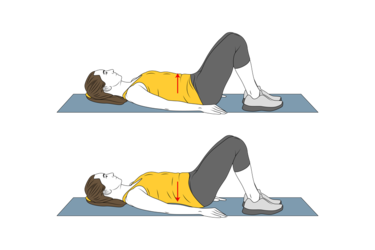
Incorporating Yoga and Stretching
Yoga and stretching can significantly improve spinal flexibility and alignment. Child’s Pose and Downward Dog are particularly beneficial for stretching the spine and relieving tension.
- Child’s Pose: Start on all fours, then sit back on your heels while extending your arms forward. Rest your forehead on the floor and breathe deeply. Hold for 1-2 minutes.
- Downward Dog: From all fours, lift your hips towards the ceiling, forming an inverted V shape with your body. Keep your hands and feet firmly on the ground. Hold for 1-2 minutes.
Daily Habits for a Healthy Spine
- Stay Active: Regular physical activity strengthens the muscles that support your spine. Aim for at least 30 minutes of moderate exercise daily.
- Stay Hydrated: Adequate hydration maintains the elasticity of spinal discs.
- Maintain a Healthy Weight: Excess weight, especially around the midsection, can strain the lower back.
Ergonomic Adjustments at Home
Creating a Spine-Friendly Workspace
- Chair: Use an ergonomic chair that supports the natural curve of your spine. Adjust the height so your feet are flat on the floor.
- Desk: Position your desk at a height where your elbows are at a 90-degree angle when typing.
- Monitor: The top of your computer screen should be at or slightly below eye level.
Ergonomic Tools and Accessories
- Lumbar Support: A lumbar roll or cushion can provide additional lower back support.
- Footrest: Using a footrest can help maintain proper posture by keeping your feet flat and supported.
- Standing Desk: Alternating between sitting and standing throughout the day can reduce strain on your spine.
Conclusion
Alleviating back pain, improving posture, and adjusting your spine at home is entirely feasible with the right knowledge and practices. By incorporating these exercises, ergonomic adjustments, and daily habits into your routine, you can significantly enhance your spinal health and overall well-being.


